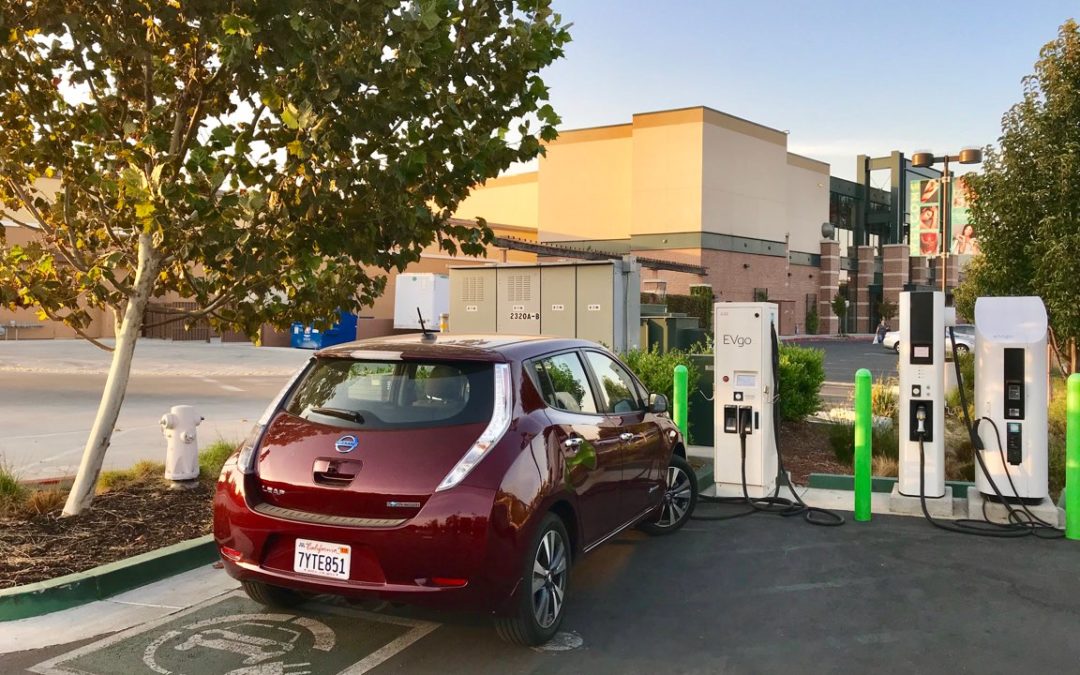I have no answers, but lots of questions on this one: Will wireless charging of EVs overtake plug-in charging? Clearly plug-in chargers are now dominant. But wireless “pad” chargers, like those now being sold for cellphones, are so much easier to use. There is a difference in efficiency of power transfer, but clever people will narrow that.
What was lacking was any commercial installations where from which one could get some hard data. Until now. A recent article shows that e-taxis in Oslo are recharging as they wait in line for riders at various points in the city. The chargers are made by Momentum Dynamics in the US. Taxis must have a special charge plate to use the induction coupling to power up. For taxis, the big advantage is that they are not stuck at a plug getting a top-up and missing out on fares, but are in the moving line of waiting taxis that they would be in anyway.
The charge rate is 75 kWh per hour—pretty fast. So ten minutes crawling forward in line could give a taxi a 12.5 kWh boost, or enough for about 35 miles of range. Could this work for regular drivers? Probably need a way to boot people off, like the metering lights on freeway on-ramps or places where people naturally stay only a short time like drive-up fast food or coffee shops. Or maybe they would be OK in parking lots at malls and workplaces. It will be interesting to see how this pioneer installations work out.

ABOUT THE AUTHOR
Gary Simon is the Chair of CleanStarts Board. A seasoned energy executive and entrepreneur with 45 years of experience in business, government, and non-profits.

